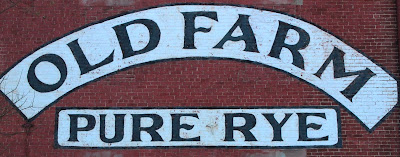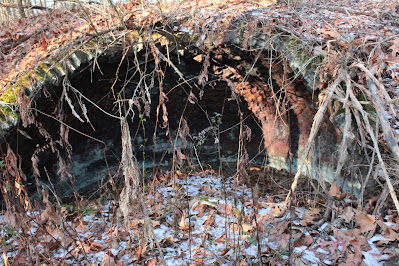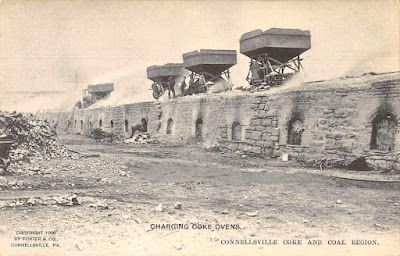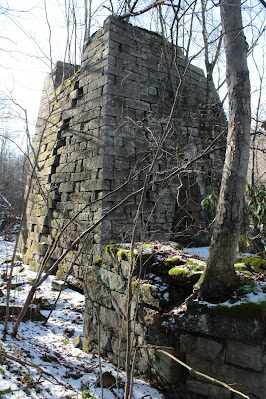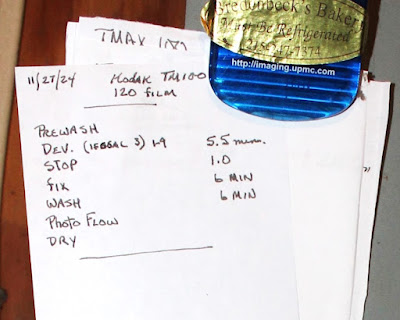For years now, Ann Marie and I have been going to the Strip District on Christmas Eve. It is always a fun jaunt into a world of excitement, drama, fun, families and friends.
Our agenda is rather simple, we park and then walk from one end of the Strip to the other, enjoying the ambiance of the last day of shopping before Christmas. We stop and get something to snack on at Enrico Biscotti Company and then go around the corner to get a cup of coffee at La Prima Espresso. Then we sit down, if we can find a table, and people watch.
Very rarely was anyone upset, the faces were all smiling and the kids were soaking the in the excitement, creating memories for their futures. People were overloaded with bundles of food in their arms, sticks of pepperoni hanging out of boxes and bags of presents yet to be wrapped. The smells of the products inside the stores drifted out to the sidewalks, attempting to entice us to stop in. People were lined up outside the stores and restaurants, patiently waiting their turn.
There were dog walkers and people standing on the edges with cups, hoping for a donation or two. People were lined up at the food vendors and eating their snacks as they went towards their next stop. Groups wore similar hats, perhaps to keep track of each other? Ugly sweaters could be seen underneath jackets and red and green seem to be the predominant colors.
Even though the vendors and counter-people were harried and over worked, they were all happy and in a festive mood. The line at La Prima Espresso Company was out the door but the wait is always worth it. The shop smelled like a coffee shop should! The coffee was rich and strong and it went perfectly with our sweets from around the corner. Today it was almond biscotti, perfectly baked and as expected, delicious!
The people we shared the sidewalk with were having espresso, cappuccino and hot chocolate. Boxes of pizza sat on some tables and others had bags of goodies like ours, sitting beside their steaming cups of coffee.
We sat right beside the door and often we couldn’t see past the line of people waiting to get their orders filled. They stood in groups and talked amongst each other, discussing their future plans or telling what has happened since they saw each other last. There were hugs and loud exclamations when acquaintances saw each other, their joy spreading out among the others sitting and standing near-by. We listened to other's conversations, it wasn’t snooping, it was unavoidable. The problems of the world weren’t a topic to be discussed this morning; it was all about happiness and the upcoming holidays.
Fashion was a big thing in our observations. The different styles and colors are always fun to see and to discuss. Hats and hoodies, shorts, sweatshirts and dress jackets, boots, tennis shoes and sandals, the variety was astounding. We all have our own “type” of dress and it is always fun to see other styles on display.
As the clock neared 11 and our coffee cups emptied, we got up and continued our walk. We stopped in the S & D Polish Deli and got some Jalowcowa, or Juniper Berry Kielbasa, and a couple meat sticks. We talked about when the store first opened and the owner’s children helped to man the counters, another pleasant memory from years gone by.
Driving back towards home we continued watching the people on the streets as we passed by. An occasional upset driver would lean on their horns, impatient with the waits but everyone else was happy, at least that is the way they looked to us, and that is the way we want to remember them. The world looked beautiful through our eyes, today our problems were forgotten and the more important things have taken the stage, love, family and happiness!
Merry Christmas,
Happy Hanukah,
Happy Holiday
and Happy New Year!!!











